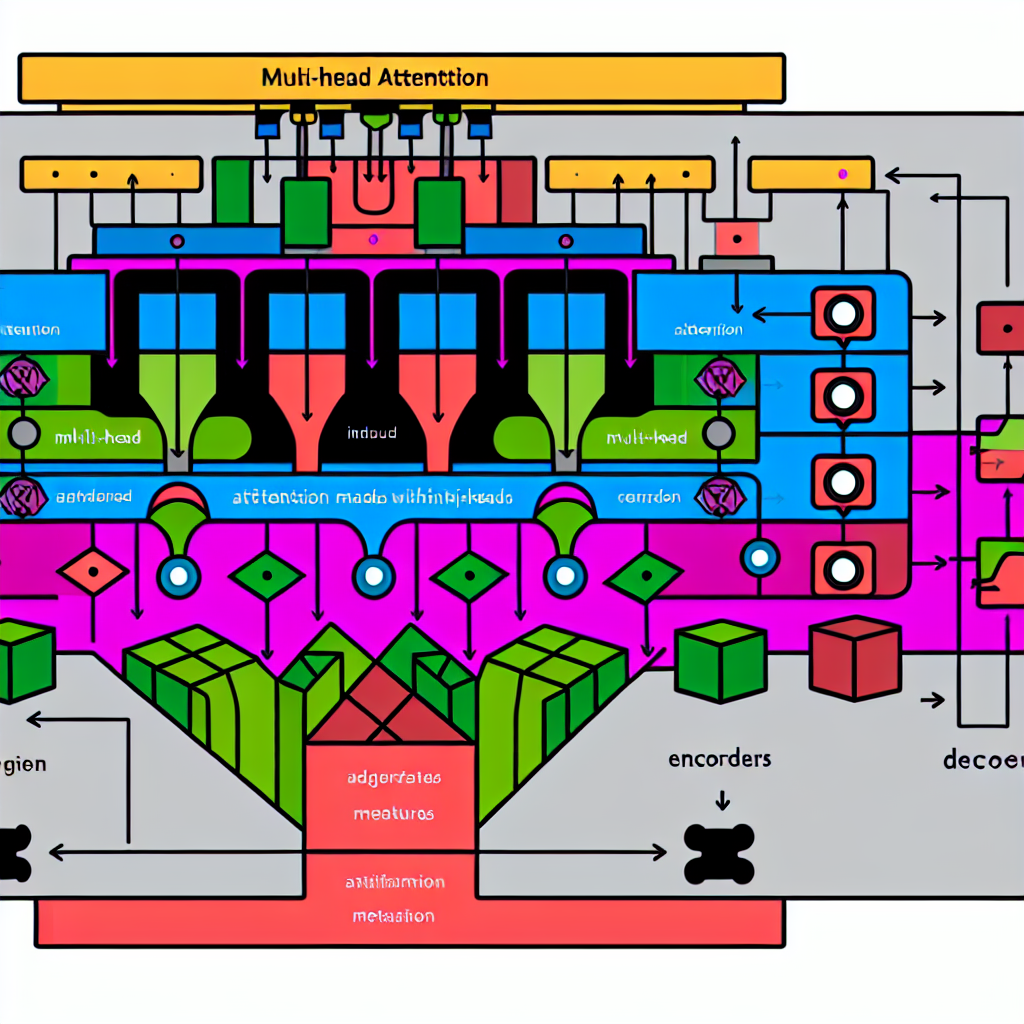3D Generation: Essential Insights for 2025
The rapid evolution of technology has positioned 3D generation at the forefront of digital innovation, with Generative AI leading the charge. As virtual reality (VR) and game design become more integral to our daily lives, professionals and enthusiasts in AI and Data Science find themselves grappling with the complexities and potential of these emerging technologies. This article delves into the advanced applications of 3D generation, exploring state-of-the-art frameworks, real-world examples, and the impact of generative AI on VR and game design. By the end, you’ll have a thorough understanding of the current and future landscape of 3D content creation.
Advanced Applications of 3D Generation
3D generation technology enables the creation of immersive environments across a variety of industries. In architecture, designers use advanced 3D tools to visualize and simulate building projects, allowing for real-time adjustments. In medicine, 3D-printed organs and tissues are made possible through precise generative designs. Furthermore, industries such as fashion, automotive, and aerospace are leveraging 3D solutions to innovate product designs rapidly.
Real-world adoption is evident in companies like Autodesk, whose tools facilitate complex 3D modeling and rendering processes. With enterprises investing heavily in this technology, the demand for skilled professionals in 3D generation continues to grow. [Read more about AI in architecture](#) or explore [the future of 3D printing in healthcare](#) to deepen your understanding.
Frameworks and Tools
To harness the power of 3D generation, professionals rely on robust frameworks and tools. Platforms like Blender, Unity, and Unreal Engine provide comprehensive environments for creating and manipulating 3D assets. These tools integrate seamlessly with AI algorithms to automate and enhance design processes.
Generative design software, including Autodesk Fusion 360, employs AI to explore design permutations, optimizing for specific constraints. By using these platforms, designers can significantly reduce production time while improving innovation and quality. For an authoritative perspective on the latest toolkits, explore [Autodesk’s official resources](https://www.autodesk.com/).
Generative AI and VR
Generative AI’s role in VR is transformative, allowing for the creation of dynamic, interactive environments. AI algorithms generate realistic textures, complex landscapes, and adaptive scenarios that evolve with user interaction. This is particularly potent in VR gaming, where environments must react in real-time to players’ actions.
Companies like Nvidia and Oculus are leading developments in integrating AI with VR. These companies focus on enhancing user experience by creating more lifelike and responsive virtual worlds. As these technologies mature, VR applications in education and training sectors become more compelling, offering immersive simulations that traditional methods cannot achieve.
Impact on Game Design
3D generation technology has revolutionized game design by pushing the boundaries of creativity and realism. Designers use generative AI to produce complex game environments, characters, and narratives automatically. This empowers smaller studios to compete at levels previously reserved for those with massive resources.
Case studies like “No Man’s Sky” illustrate the capabilities and potential of using procedural generation. This game uses algorithms to create an entire universe with unique planets and ecosystems, offering a practically limitless exploration experience. The trend towards customizable and adaptive gaming experiences is expected to grow, fueled by advances in generative AI technology.
FAQs
What is 3D generation?
3D generation involves creating three-dimensional digital content using various software and techniques, often enhanced by artificial intelligence to streamline and innovate design processes.
How is generative AI used in VR?
Generative AI is used to create dynamic and adaptive VR environments, enhance realism, and personalize user experiences by responding to player interactions in real-time.
What tools are popular for 3D content creation?
Popular tools include Blender, Unity, and Unreal Engine, which offer comprehensive platforms for creating and managing 3D assets with integration capabilities for AI technologies.
Conclusion
3D generation, powered by generative AI, is redefining creative industries, offering unprecedented potential in VR, game design, and beyond. As these technologies progress, they promise to expand opportunities across disciplines, fostering innovation and efficiency. AI and data science professionals should remain informed and adapt to emerging trends, harnessing these powerful tools to lead in their respective fields.
For further exploration, consider subscribing to our newsletter or visiting our [comprehensive guide to AI trends](#). Embrace these advancements to stay at the cutting edge of technology and creativity.



